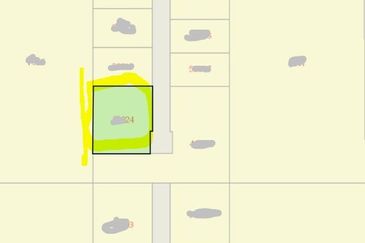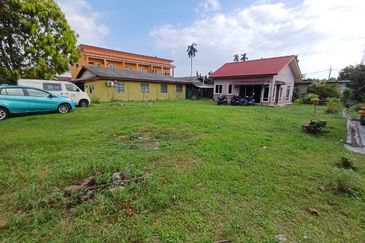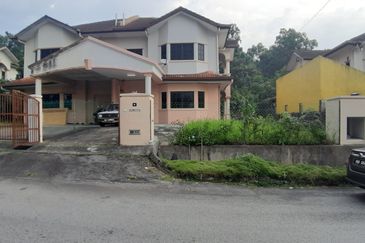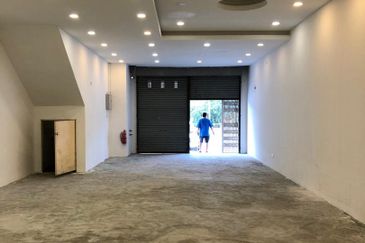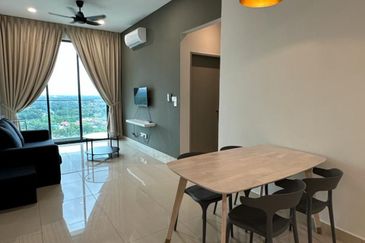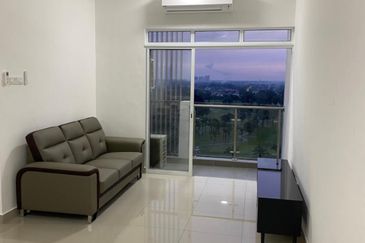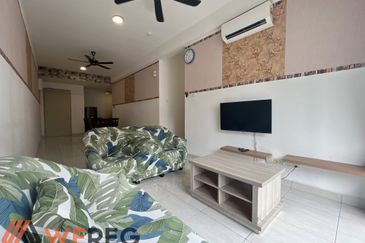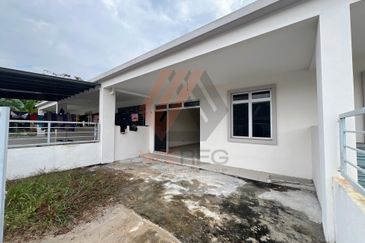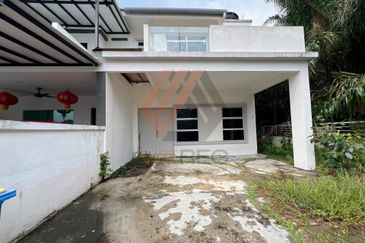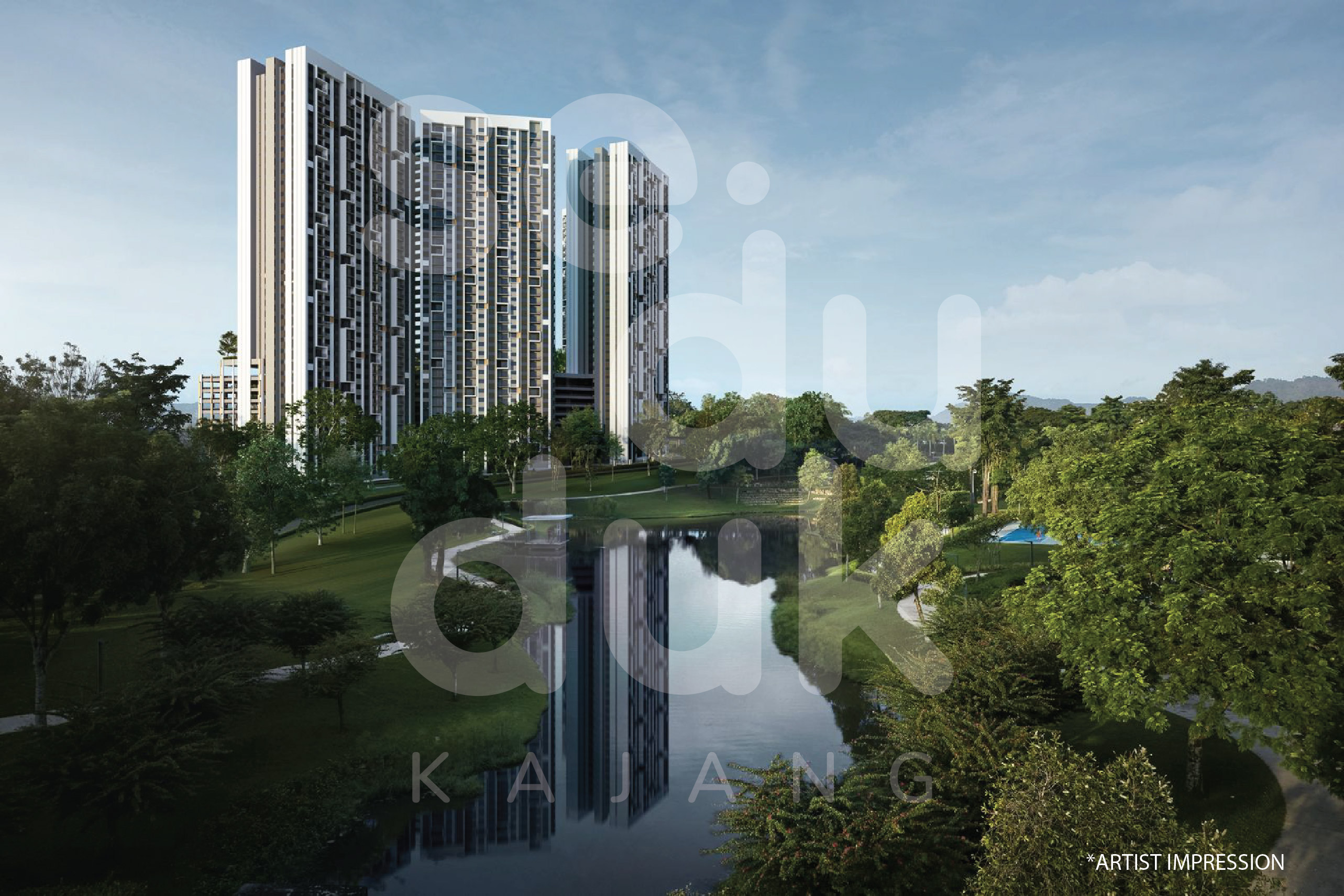THE secondary housing market in Kota Kinabalu, Sabah, has been subdued lately with price-sensitive buyers responding cautiously to hikes in asking prices.
However, the primary market remains active with good take-up rates observed in recent launches, comments Max Sylver Sintia, the business development and client service manager of Rahim and Co (Sabah) Sdn Bhd, after releasing The Edge-Rahim & Co Kota Kinabalu Housing Property Monitor for 1Q2013.
The slower growth in prices does not signify a drop in demand, he says, adding that prices are expected to continue to rise at a modest pace.
On the secondary market, demand for houses, especially those in the RM250,000 to RM450,000 bracket, remains strong despite a significant rise in prices. This is evident in areas such as Menggatal, Inanam, Likas, Penampang, Kepayan and Putatan.
"Prices on the secondary market grew steadily from 2010 to 2012, trying to catch up with those on the primary market," explains Sintia.
A sample of 2-storey terraced houses in the monitor recorded y-o-y price growth of 12.01% in 1Q2012 and an average of 8.23% over the next two quarters. In 4Q2012, y-o-y growth was 7.09% — the lowest since 2010. In 1Q2013, it was only 6.2% y-o-y, which was a 5.81% drop from the previous corresponding period.
Sintia says the significant increase in secondary house prices led to a gap in asking prices and market value. "Although demand is strong, asking prices are too high compared with market value, which makes it difficult for potential buyers to purchase houses on the secondary market."
For example, a 2-storey semi-detached house in Taman Prima Jaya, Kota Kinabalu, was sold for RM1.5 million on the secondary market when its market value was only around RM1 million to RM1.3 million.
"The scarcity of land in Greater Kota Kinabalu has led to higher costs for developers. Thus, we see people being forced to buy either affordable high-rises in the city or landed houses on the outskirts of Kota Kinabalu," Sintia explains.
Demand on the primary market is high with encouraging sales in newly launched residential projects such as Lido Four Season, which is located in the mature neighbourhood of Kepayan.
Officially launched in early December last year, the condominium consists of 840 units in four 15-storey towers, some 95% of which were taken up within six months.
High-rise and stratified housing is becoming more popular as the absolute price of the unit becomes a key factor. This has resulted in the better performance of small high-rises and slower take-up of landed properties.
Sintia believes house prices on the primary market will stay steady this year competition heats up between developers.
The yields of residential properties in Kota Kinabalu are also expected to get better. "House prices in KK will continue to rise in 2013, albeit modestly. This will push yields up, although those of luxury units may still be flattish due to lower demand for high-end properties," Sintia points out.
Housing price growth is expected to slow down further due to government measures such as the higher Real Property Gains Tax announced in Budget 2013. The latter and the imposition of a maximum loan-to-value ratio of 70% for third property financing by Bank Negara Malaysia are seen creating a more selective target market.
Two-storey terraced houses
"The average quarterly growth in the prices of 2-storey terraced houses was RM8,000 but four of our samples — Taman Indah Permai, Taman Jindo, Taman Sri Borneo and Millenium Height — recorded an average of RM10,000," says Sintia.
"In 1Q2012, Luyang Perdana, a mature residential area in Greater Kota Kinabalu, recorded average growth of RM20,000 q-o-q, but in 1Q2013, this was only RM5,000 — down 75%."
The growth rate of older houses in hot spots such as Jalan Bundusan and Jalan Lintas remained high. For example, Millenium Height in Jalan Bundusan saw 10.45% y-o-y growth in 1Q2013, which was 4.25% higher than the average 6.45% y-o-y overall growth of the entire sample.
In 2008, houses in Millenium Height went for around RM280,000, but now, newly launched 2-storey terraced houses in the city can easily fetch RM400,000. "The old houses will continue to do well in terms of price growth as there is still a gap between the primary and secondary markets," remarks Sintia.
He says landed properties in the southern and northern parts of Kota Kinabalu, such as Kinarut and Putatan, and in Jalan Tuaran are worth watching.
Prices in these areas are rising gradually, although they still lag those on the primary market. Units in Bandar Sierra in Jalan Tuaran, for example, are currently valued at around RM330,000 to RM350,000. Newly launched projects with similar properties located in the immediate vicinity are going for more than RM400,000.
Houses in Hungab and Kobusak in Jalan Noosob are enjoying the spillover effects of the massive residential developments coming up in Jalan Pintas in Penampang. In 2010, prices here ranged from RM300,000 to RM350,000, but today they stand at RM600,000.
Single-storey terraced houses
The prices of 1-storey terraced houses climbed an average of 10.05% y-o-y in 1Q2013, up 4.26% from 1Q2012.
Taman Sri Kepayan saw y-o-y growth of 13%, followed by Taman Tuan Huat and Taman Nelly with 12% and 5% respectively. The whole sample registered average q-o-q price growth of 3.99%.
"The strong market for 1-storey terraced houses is due to limited supply. Though most people prefer 2-storey landed houses, the affordable prices of 1-storey houses make them attractive," Sintia points out.
In addition, most of the 1-storey residential developments in Kota Kinabalu are situated in mature and strategic areas with public transport such as Luyang, Kepayan and Putatan. These areas continue to draw local investors, especially those looking to buy for investment purposes.
In Putatan, says Sintia, prices have been seen catching up with those in the city where 1-storey terraced houses can fetch RM350,000.
The average price of condos in Kota Kinabalu rose from RM390 psf in 1Q2012 to RM425 psf in 1Q2013. Units in the sample registered between 8% and 11% y-o-y growth, except for Radiant Tower units (+4%). Located in the exclusive residential area of Signal Hill, The Peak Condominium led price growth, rising from RM460 psf in 1Q2012 to RM510 in 1Q2013. Prices here are expected to climb to match those at the nearby The Peak Vista (about RM700 psf).
The overall average price growth of the condos sampled was 2.89% q-o-q. Alam Damai Condominium, whose units cost RM290 psf in 1Q2010, led quarterly growth with 5% in 1Q2013. Except for Likas Square, the quarterly growth of the other condos sampled was between 2% and 4.8%.
Condominiums in Kepayan, Signal Hill and Damai are among those to look out for, says Sintia. "Prices are at RM300 to RM360 psf in Kepayan. However, we expect an increase to RM400 psf by the end of this year."
There was no change in rent q-o-q for 2-storey terraced homes, except for Golden Hill Garden, where rents rose 6% in 4Q2012. The average gross yield of 2-storey terraced houses rose from 4.09% in 1Q2012 to 4.2% in 1Q2013.
The sample for 1-storey terraced houses showed an average rental growth of 10.19% y-o-y while that for condos was 6.35% y-o-y and 3.94% q-o-q. The average gross yield for condos in 1Q2013 was 5.13%, down 0.13% from 1Q2012.
This story first appeared in The Edge weekly edition of May 6 - 12, 2013.
TOP PICKS BY EDGEPROP
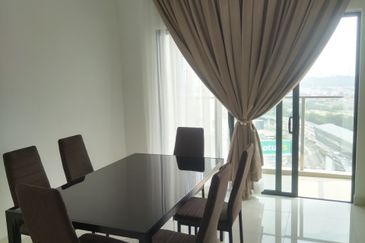
Trio by Setia
Bandar Botanic/Bandar Bukit Tinggi, Selangor
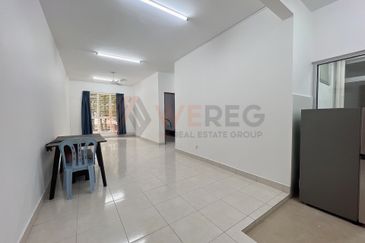
Asteria Apartment @ Bandar ParkLand
Klang, Selangor

Sungai Kapar Indah Industrial Zone
Kapar, Selangor

Arahsia Residences, Tropicana Aman
Telok Panglima Garang, Selangor

Scarlet @ Bandar Rimbayu
Telok Panglima Garang, Selangor
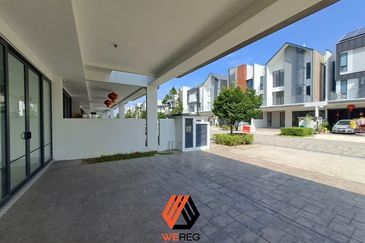
Lucent Residence @ twentyfive.7
Kota Kemuning, Selangor
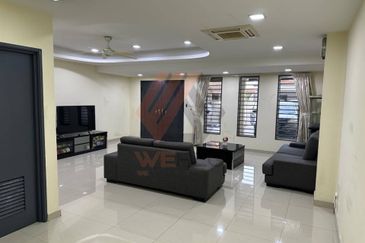
Bungor Precint
Bandar Botanic/Bandar Bukit Tinggi, Selangor

